Beginning in the 8th century B.C., ancient Rome grew from a small town on Italy’s Tiber River into an empire that at its peak encompassed most of continental Europe, Britain, western Asia, northern Africa and the Mediterranean islands.
After 450 years as a republic, Rome became an empire in the wake of Julius Caesar’s rise and fall in the first century B.C. The long reign of its first emperor, Augustus, began a golden age of peace and prosperity. In contrast, the Roman Empire’s decline and complete fall by the fifth century A.D. is one of the most dramatic implosions in the history of human civilization.
As legend has it, Rome was founded in 753 B.C. by Romulus and Remus, twin sons of Mars, the god of war. Left to drown in a basket on the Tiber and rescued by a she-wolf, the twins lived and co-founded the city on the river’s banks in 753 B.C.
After killing his brother, Romulus became the first king of Rome, which is named for him.
I could feel that sense of dark history throughout the city. Rome did not have a peaceful vibe about it.
Rome was not really on our list of places to visit but we figured that since we were traveling southwards in Italy, flying out of Rome was a better idea so we decided to visit for three days.
We had driven directly into downtown Rome to drop our car off at the train station. From there, we had a ten minute walk to our apartment, which was located just off Via Cavour. It was located in a small grungy alley up a flight of stairs. We certainly were not in Tuscany any longer.
We settled ourselves in, googled ‘vegetarian restaurants nearby’ and right around the corner was a small restaurant called Aromaticus, so we started our Rome adventure by finding that first. It was located on Via Urbana, which turned out to be a little section of Rome we enjoyed as it was filled with hip little restaurants and shops.
We used this street as our orientation. At the foot of it, we could cross at the Metro Station towards the Colisseum.
It was also on the border of another section of Rome that had a bohemian vibe, the residential Monti District. Monti was near to everything but at the same time, in a world of its own. It is on a hill and the winding roads are steep and narrow and lined with plenty of restaurants, good local grocers and artisan workshops but visit in the afternoon or early evenings as the shops open sporadically in the mornings. We tried. One in five was open before 11 am.
The Colosseum
Located a short 12 minute walk from us, the Colosseum is impressive when it comes into view. It dominates the cityscape.
We had booked a small group Get Your Guide Tour, which included the Colosseum, Palatines Hill and the Roman Forum. and our guide had a wonderful sense of humour and was very knowledgeable, which helped a great deal with this post.
The Colosseum was commissioned around A.D. 70 by Emperor Vespasian of the Flavian dynasty as a gift to the Roman people. In A.D. 80, Vespasian’s son Titus opened the Colosseum—officially known as the Flavian Amphitheater—with 100 days of games, including gladiatorial combats and wild animal fights.
Watch The Gladiator again and you will see this part of history represented in the fictionalized version during a discussion between the Senators. That part was true.
After four centuries of active use, the arena fell into neglect. In the centuries to come, the Colosseum was abandoned completely, and used as a quarry for numerous building projects, including the cathedrals of St. Peter, the Palazzo Venezia and defence fortifications along the Tiber River.
During our tour, the guide explained why the remaining walls were pockmarked with holes. The marble had been reinforced with rebar and as the centuries passed, the iron was hammered out of the marble for use elsewhere.
Today, the Colosseum is riddled with these holes.
It was an extremely violent place and that much became obvious as we continued our tour.
As to be expected, there were a lot of deaths here, but I had no idea just how brutal this society had been. The Colosseum was used for entertainment (mostly fights, of course) for just shy of 400 years and in this time, it is estimated that 400,000 people died within those walls. That equates to around 1,000 deaths per year, 3 people each and every day for 400 years.
And it wasn’t only humans that were killed at the Colosseum. Around 1,000,000 animals died over the 400 years that the amphitheater was active. A sport called venatio, which translates literally as hunting, was introduced which involved the hunting (in an enclosed area from which the animals had absolutely no chance of escaping) and killing of wild animals and would often take place in the morning ahead of the gladiatorial battles in the afternoons. Animals would be obtained from far-flung corners of the Roman Empire, as a display of the empire’s wealth. The Emperor thought it would be a good way to allow the lower class of the day to see exotic animals that they otherwise would never see.
Public executions were also held in the Colosseum, and they were often used as a way to display the power of the Roman Empire. Criminals and prisoners of war were sentenced to death and killed in front of a cheering crowd. Methods of execution included being burned alive, crucified, or fed to wild animals.
I wasn’t prepared for how I would feel about this place and it didn’t take long for it to affect me. I didn’t like it. I was not very well read on the actual history and hearing about the brutality made it very real while inside the building, looking down at the catacombs they kept Gladiators, Christians, or animals in, waiting to die.
I felt very conflicted visiting such a place. It was emotional to be standing in an arena where all that life was senselessly lost by unnecessary human sacrifice. Worse, those who died in the Colosseum did so with virtually no chance of long term survival, as avoiding death one day likely meant facing an equally gruesome task another day.
Whether the Colosseum deaths were those of Gladiators (who were mostly slaves), Christians, or animals, the primary purpose of their death was solely for entertainment.
I was angry with myself for not reading more about The Colosseum before we came and I was glad to leave. Or perhaps the ONLY way that information was really going to sink in and have an effect on me was by actually being there, in the Colosseum. When the tour was over, I was thankful. I wanted to get out of the area.
In my opinion, the engineering marvels the Romans achieved are completely overshadowed by the brutality. I hope people stop visiting this mausoleum, that the structure crumbles and it’s memory is left in the past, where it belongs. Let it collapse and write a new story, Rome.
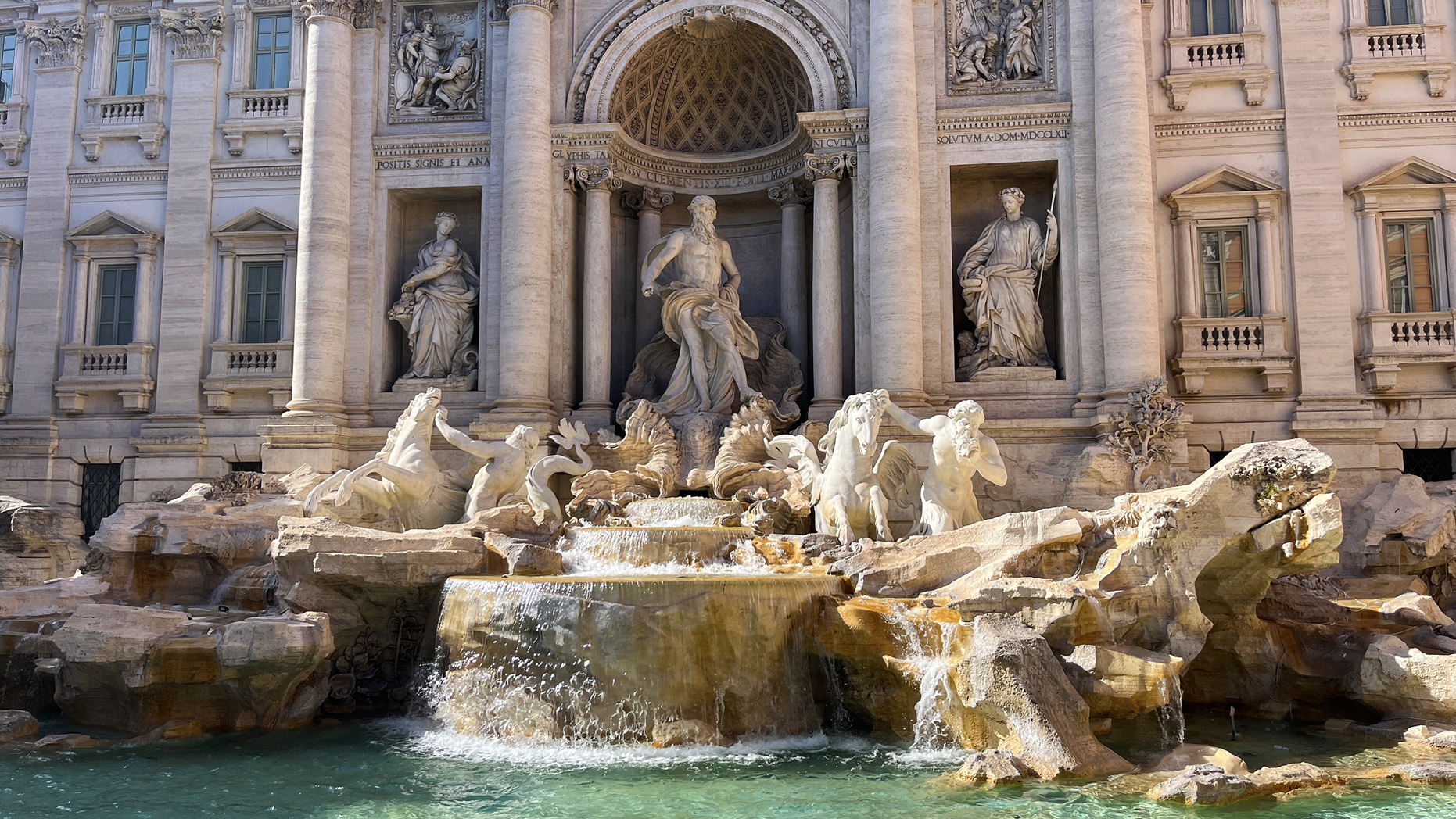
The Trevi Fountain
As the largest fountain in Rome, and arguably one of the most exquisite Baroque structures worldwide, the Trevi Fountain is promoted as a symbol of Rome’s rich artistic heritage. It is undeniably beautiful. Standing in front of it, I can only imagine being alone for a day and being able to see it at all angles while the sun clocks across it.
The fountain’s design, blending sculpture and water, depicts Oceanus, the god of all water, within a scene of mythological figures, all intricately carved, reflecting Rome’s historical connection with water, from the ancient aqueducts to its role in daily Roman life.
The Trevi Fountain was and still is the endpoint of one of the ancient Roman aqueducts, the Aqua Virgo. Constructed in 19 B.C., this aqueduct was a vital source of water for ancient Romans, a testament to their advanced engineering skills. The fountain’s name, ‘Trevi,’ derives from ‘Tre Vie’ (three roads), signifying the junction of three roads at the fountain’s location.
It was a hot day when we visited and there were literally hundreds of people packed into a very tight area, jostling for a photo and taking selfies. Although people were gracious and moved aside easily to allow us by, we were shoulder to shoulder with people and we do not like that sensation. So, we managed to get a photo we liked and left. We went looking for that elusive quiet street we could walk down.
Trastevere
Trastevere sounded like a place we would like – a long time home to the city’s rebels and nonconformists. In ancient Rome, freed slaves, sailors and soldiers settled here, separate from the city’s polite society. Although it’s now one of Rome’s most beloved neighbourhoods, modern Trastevere hasn’t lost its wild streak.
And it lived up to that hype – ivy-draped ochre buildings, cobblestones piazzas, markets and cafes filled with locals.
Trastevere had a unique and eccentric vibe for shopping that we enjoyed.
When we were ready to leave, we decided to walk down the Tiber River, which snakes through the city, towards Vatican City. The pathways along the Tiber, known as the Lungotevere, were perfect for an unhurried walk while soaking in Rome from a different viewpoint. As we slowly made our way along the water’s edge, we could see domed buildings up above us.
Three or four bridges later, we climbed back up the the streets and headed in towards Vatican City. We found St. Peters Square, which had rows and rows of yellow ribboned pathways in the courtyard designed to funnel tourists into the entrance which was guarded by some sort of Militia and Polizia. Completed uninterested and unimpressed, we both looked at each other and said; “Home?”
We had taken a taxi from our apartment to Trastevere as it was quite a long walk and were charged by the meter. The fare came to $11 Euros. We had both noticed a Taxi Stand as we entered St. Peters Square and walked back there. I approached the first in line and he rolled down the side window. I told him where we wanted to go and asked how much and he said, “$37 Euros”. Surprised at the response, I told him we had just taken a taxi from that spot to very near here and it cost us $11 Euros. He abruptly said, “You are in Vatican City, it’s $37 Euros”.
We walked home.
As you may have gathered from this post, I really didn’t care for Rome. It was incredibly overcrowded and we were there in April. There were so many people on the Spanish Steps that when we arrived, we did not even bother trying to take a photo because there was no point. We just walked away.
Everywhere we walked was overcrowded.
Oh, I enjoyed our gelato’s daily and we loved that little vegetarian restaurant we ate at called Aromaticus but I can buy really good frozen yogurt at Loblaw’s and there are many good vegetarian restaurants closer than Rome for us to enjoy.
The city is filthy. In fact, in 2022, Rome topped the list of filthiest cities on the planet.
Outside in the alleyway of our apartment, there were 12 large bins, 2 each for garbage, organics, glass, metal, paper and trash. Every possible effort had been made to make it easy for people to discard of virtually anything into its proper container. Every morning I saw those bins and the scattered trash around the bins being cleared by workers and each day, when coming home at night, noticed that the streets less than ten feet away from where these enormous bins were, once again, littered with cans, bottles and garbage. Whether by tourists or locals, I cannot say but it was disgusting. People were too lazy to walk ten feet to discard of the trash properly.
Traffic was unbelievable. Honking and beeping constantly. Cars jammed between construction projects. Roads without lanes. Streets far too small for cars to even be on. Every building of almost every street was covered in graffiti.
Rome made me very grateful for our home, located by a small river surrounded by green space where salmon spawn, a bike path which surrounds the town, and the clear, clean waters of Georgian Bay are minutes away.
We were happy to leave.



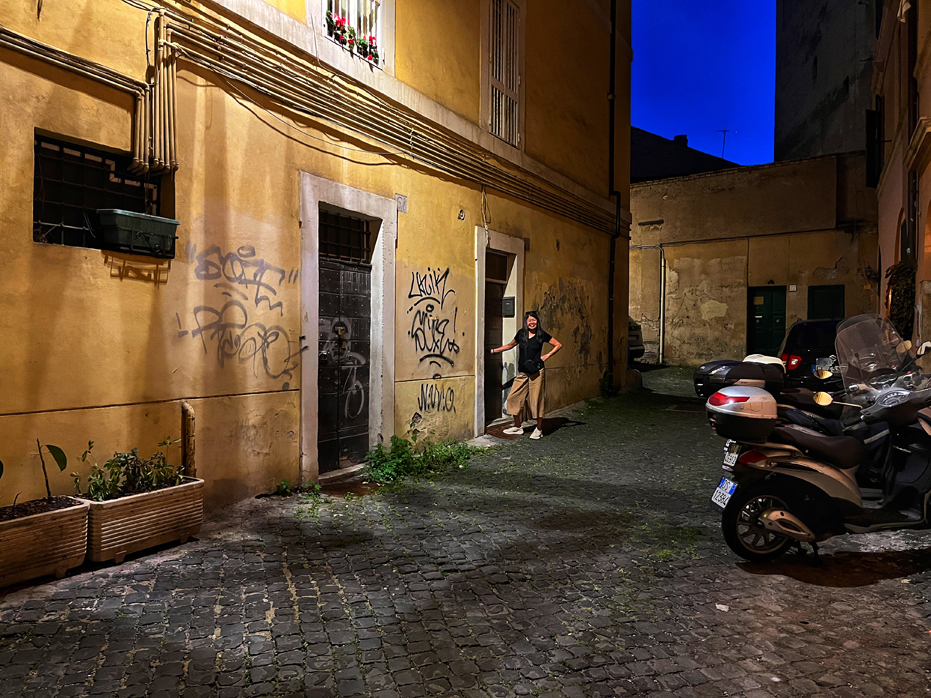


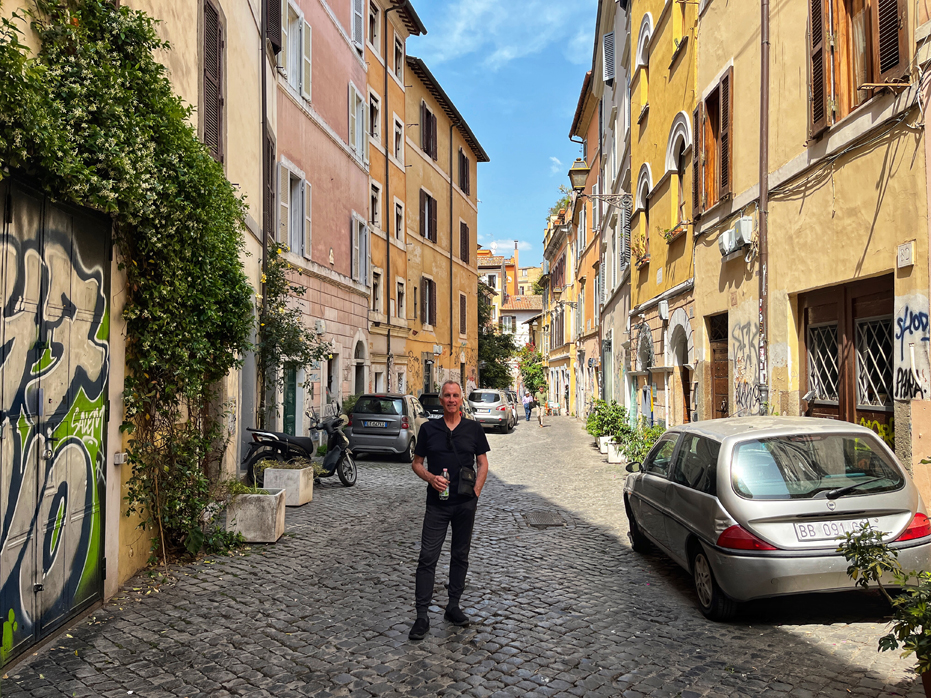
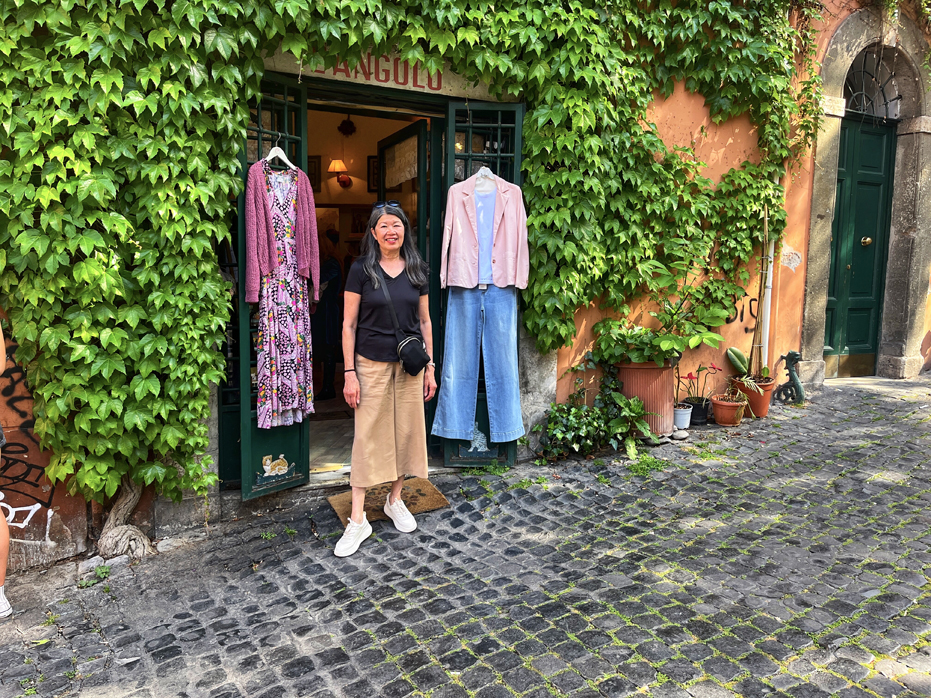
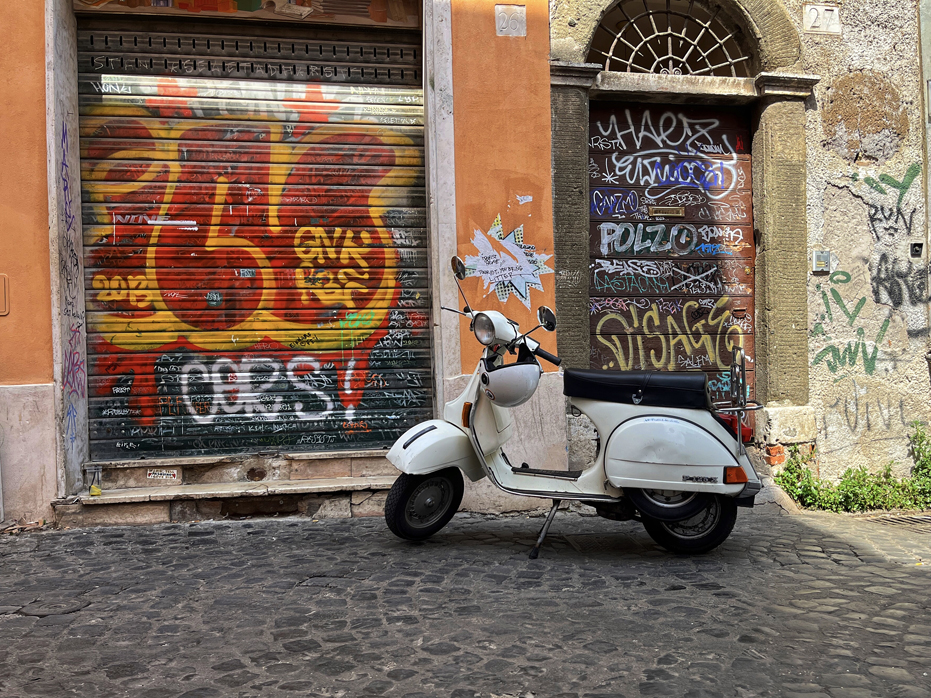
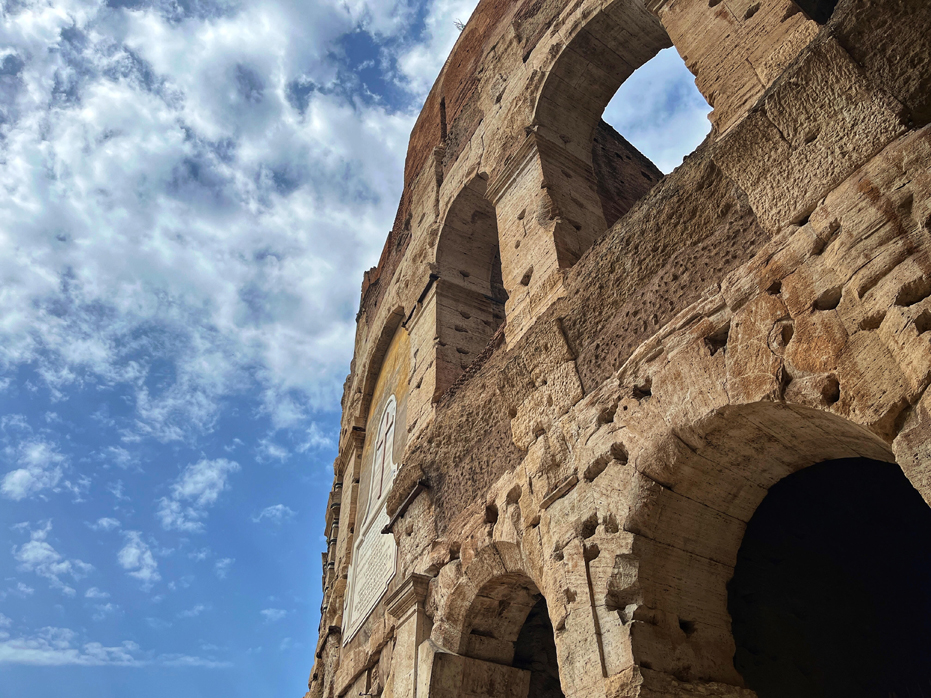





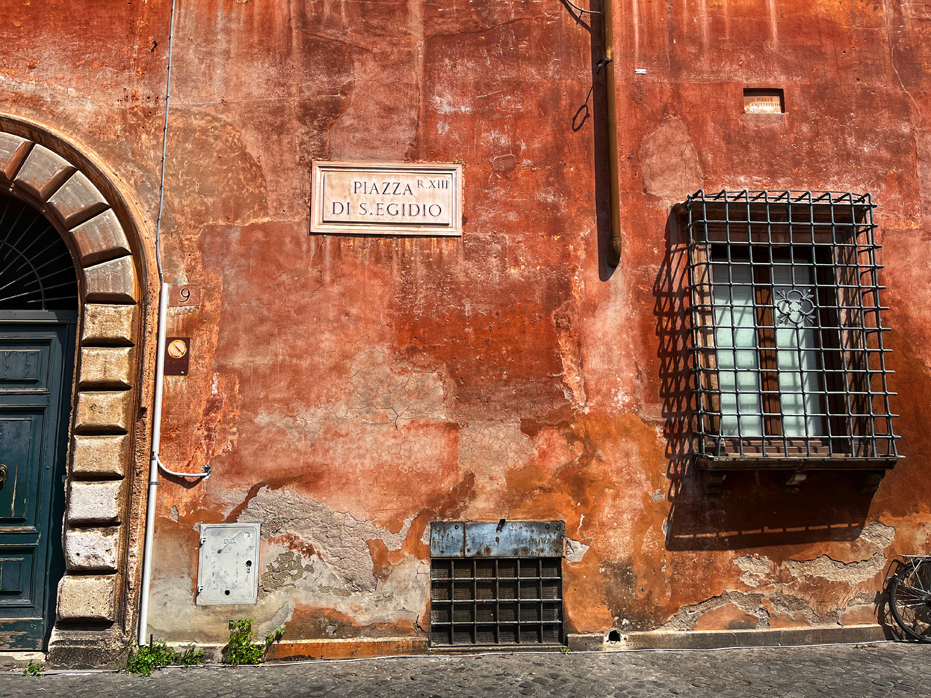
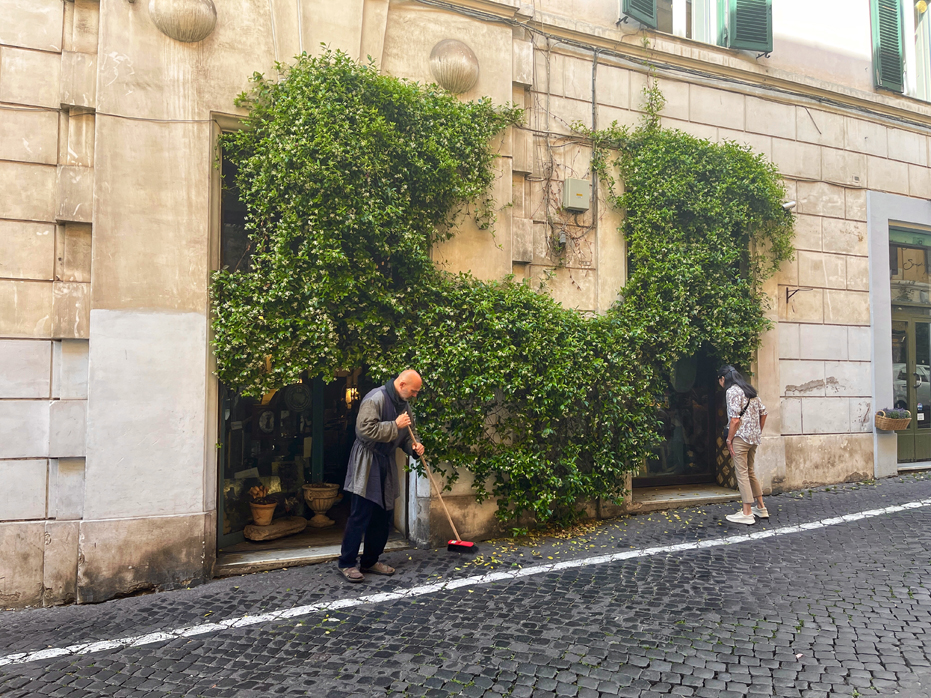
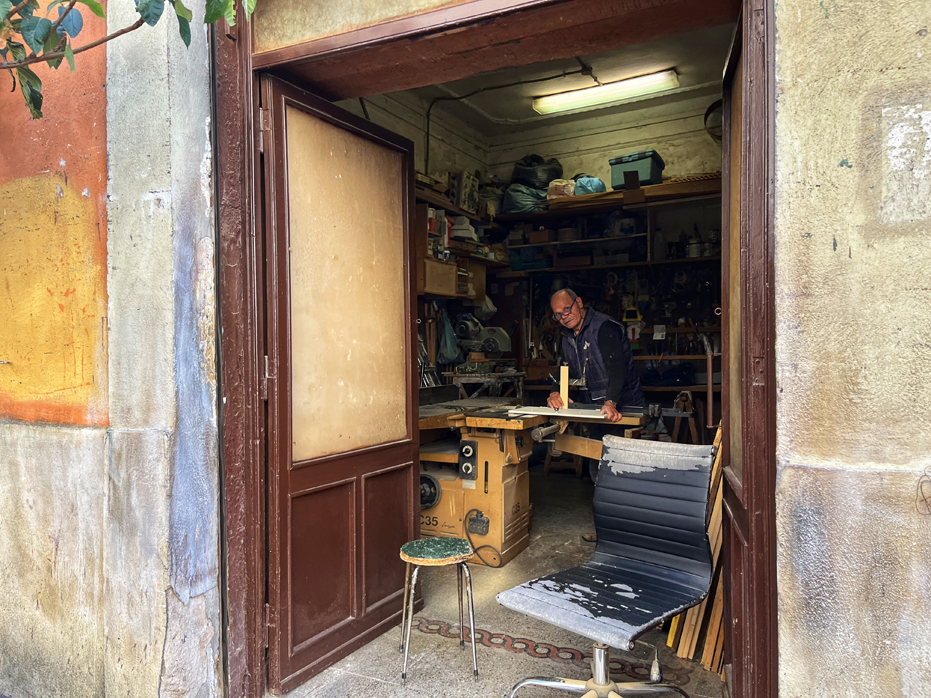
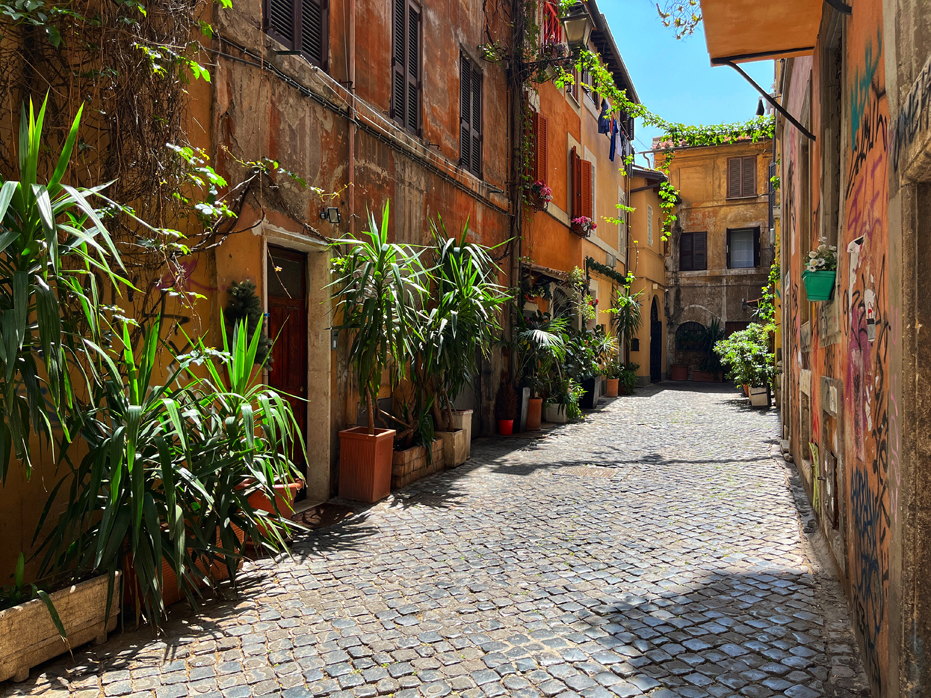


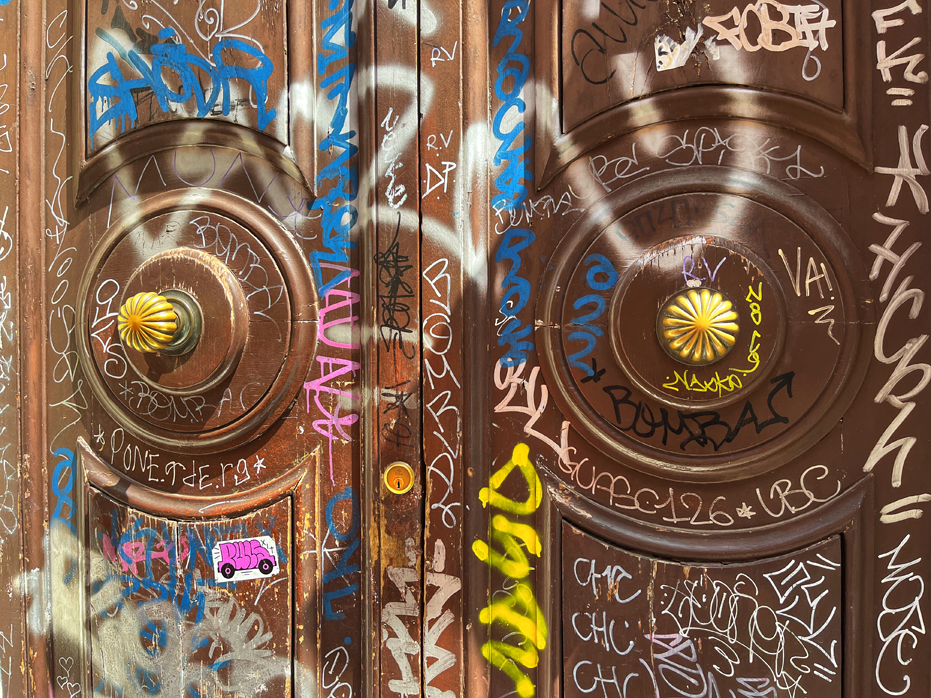
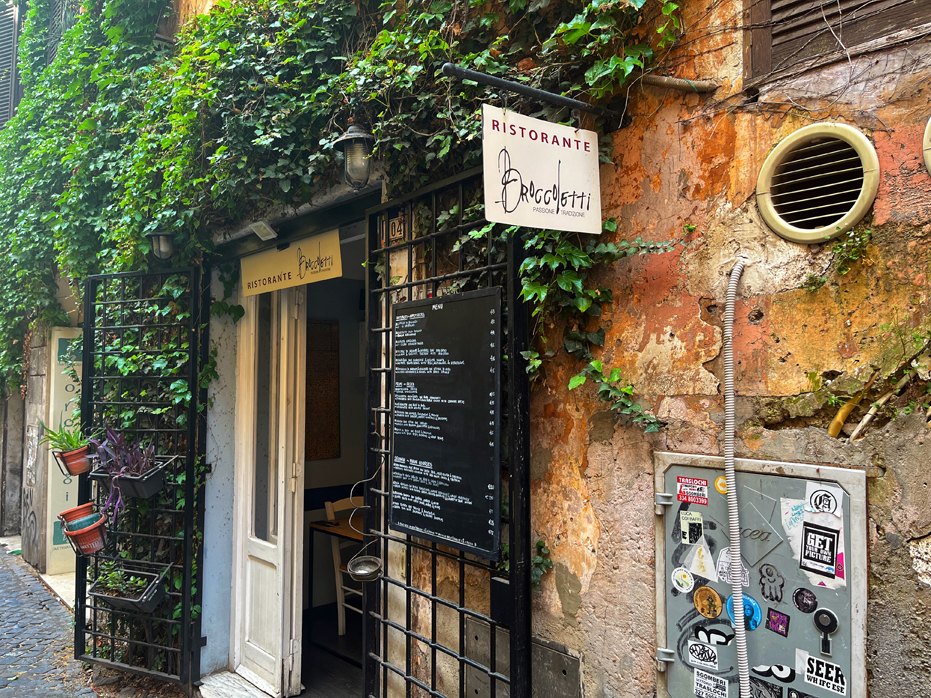

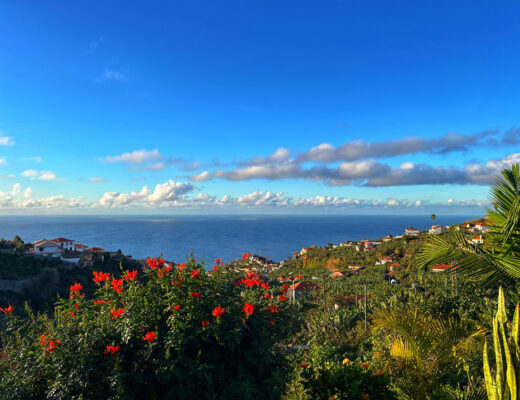
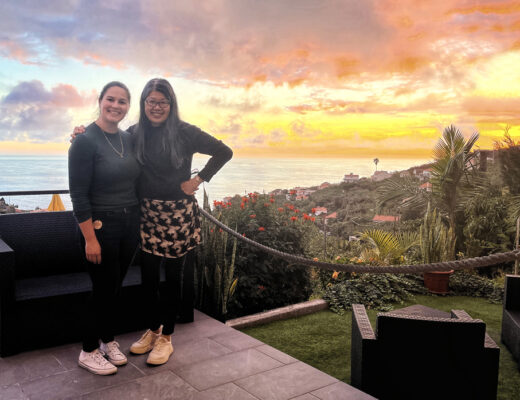
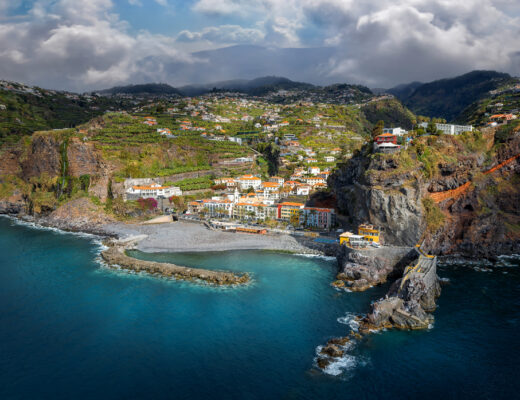
No Comments